Greig Fraser’s masterful cinematography has the power to transport us into the very heart of a story.
His lens captures more than just images; it weaves visual poetry that resonates long after the credits roll.
From the arid deserts of “Dune” to the galactic battles in “Rogue One: A Star Wars Story,” Fraser’s work is a feast for the eyes.
We’re about to jump into the eight best movies that showcase his extraordinary talent behind the camera.
1. Lion (2016)
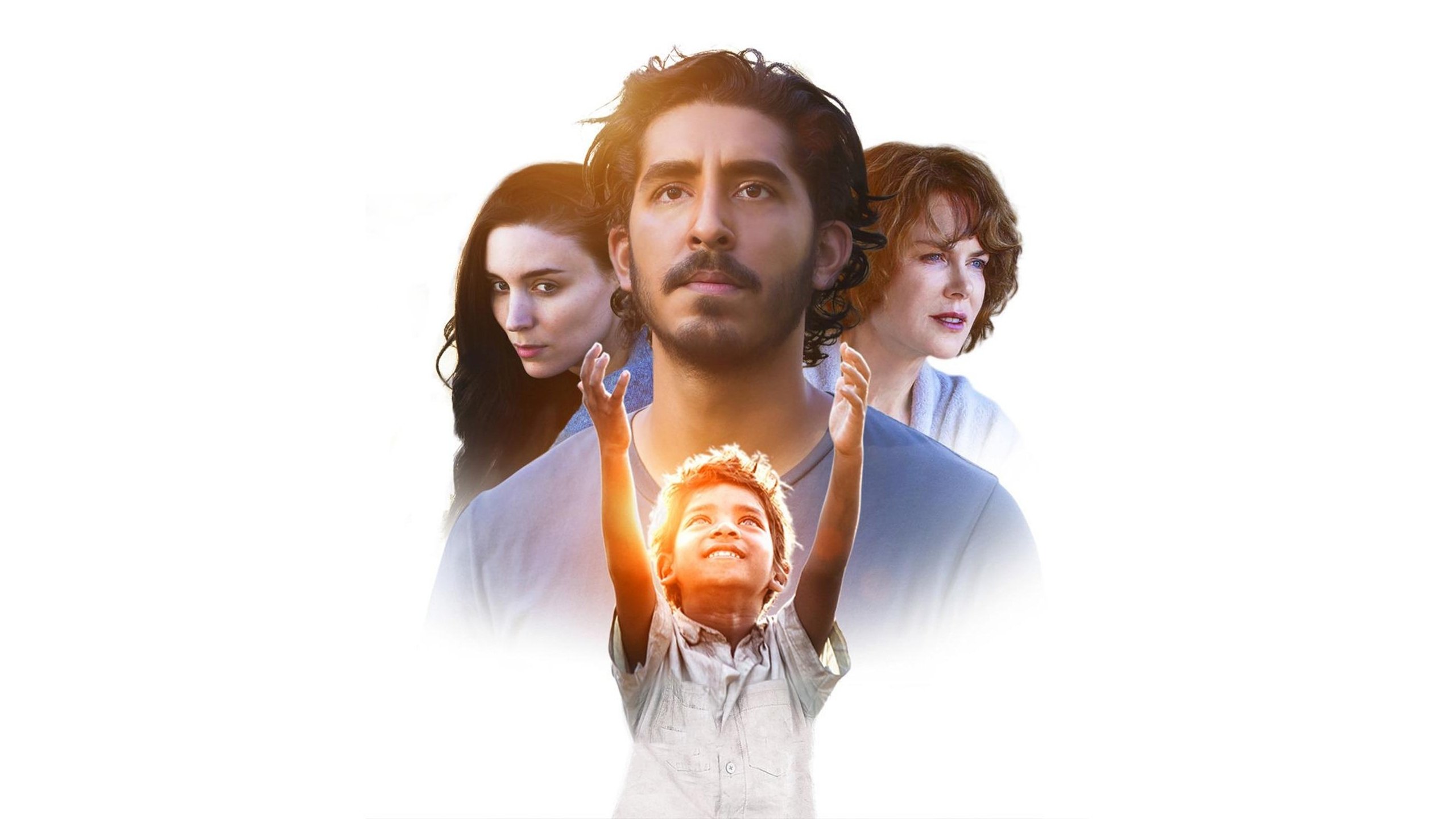
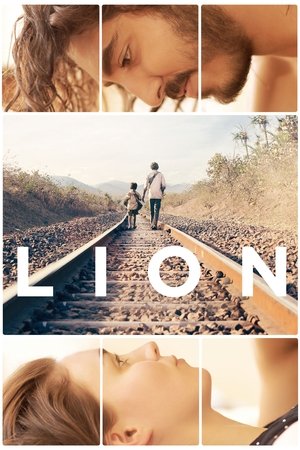
Lion
The search begins
2016 • 1h 58min • ★ 8/10 • Australia
Directed by: Garth Davis
Cast: Dev Patel, Rooney Mara, David Wenham, Nicole Kidman, Abhishek Bharate
A five-year-old Indian boy gets lost on the streets of Calcutta, thousands of kilometers from home. He survives many challenges before being adopted by a couple in Australia; 25 years later, he sets out to find his lost family.
One of Greig Fraser’s most compelling works is undoubtedly his cinematography in Lion.
His camera work here captures the emotional journey in a way that’s truly mesmerizing.
Through Fraser’s lens, we’re given a front-row seat to the raw and poignant story of a young man’s quest to find his family.
The visuals in Lion are profound and serve as a silent narrator all on their own.
Fraser’s use of lighting and landscape imbues each scene with a richness that could only be attributed to a master at work.
His ability to translate the emotional depth of the characters into stunning visual storytelling is unparalleled in this film.
Lion showcases a variety of landscapes, from the bustling streets of Kolkata to the tranquil shores of Tasmania.
Fraser’s skill in capturing the essence of these contrasting settings adds an authentic touch to the film’s narrative.
Here are some highlights of his technique in Lion:
- Mastery in balancing color tones to reflect the mood of the narrative,
- Ingenious use of natural light to enhance the film’s realism,
- Strategic framing that adds an extra layer of depth to the character’s experiences.
Fraser’s work here garnered well-deserved acclaim, emphasizing how critical cinematography is to the storytelling process.
Through his choice of shots and angles, he invites viewers to engage with the film on a level that transcends mere observation.
We’re encouraged to feel the protagonist’s isolation, determination, and hope through Fraser’s visual eloquence.
In Lion, Fraser doesn’t just capture scenes; he crafts a visual symphony that echoes the emotional beats of the story.
This is one of the many reasons why his cinematography is a cornerstone in successful filmmaking.
Our journey through Fraser’s catalogue highlights his consistency in excellence and establishes why Lion is a gem in his collection of work.
2. Zero Dark Thirty (2012)
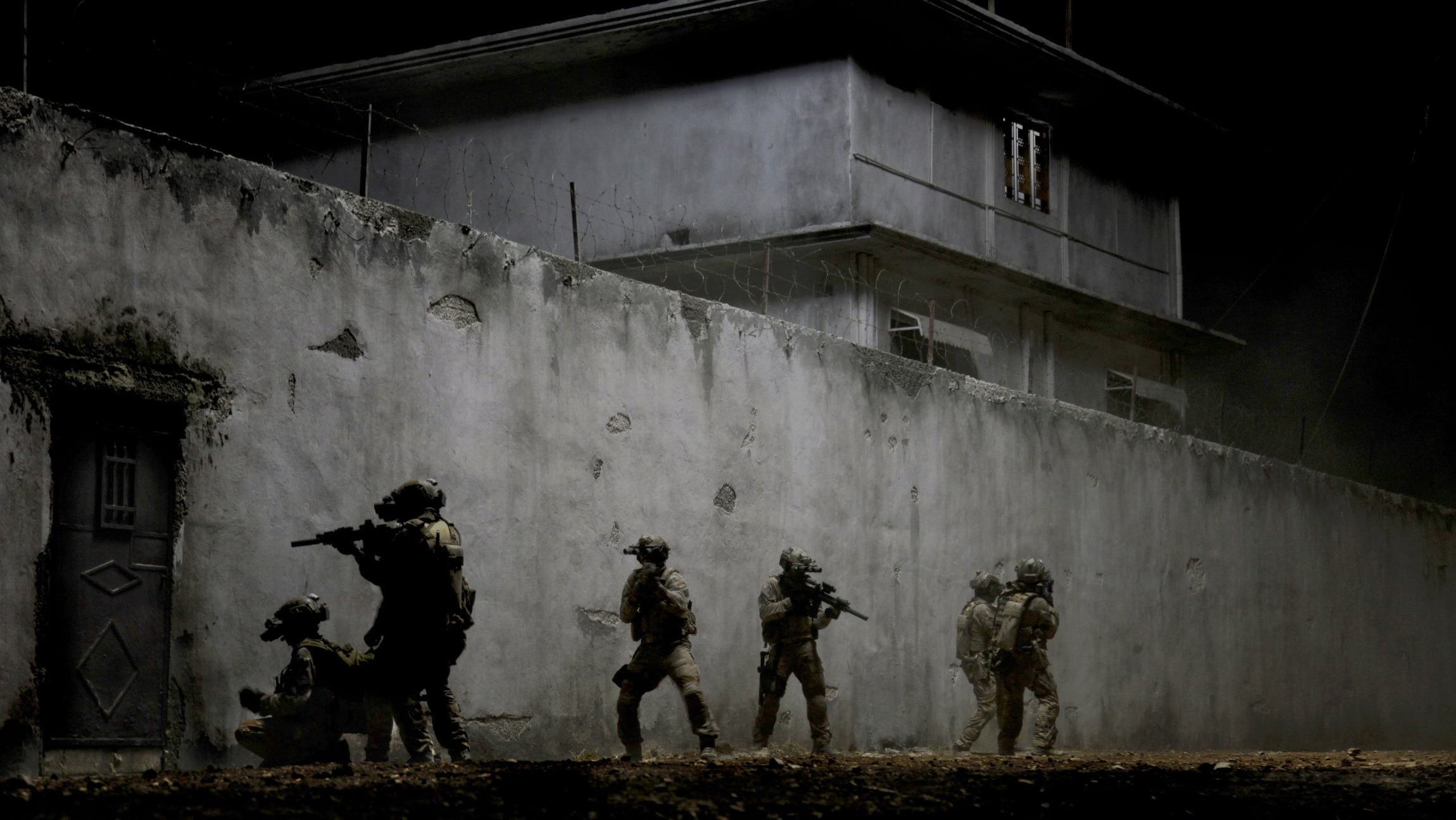
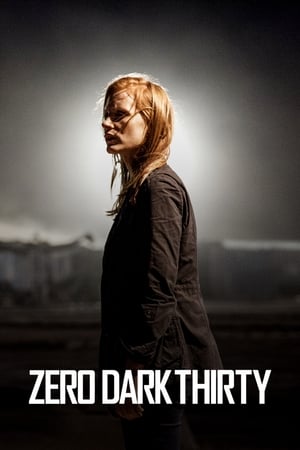
Zero Dark Thirty
The greatest manhunt in history.
2012 • 2h 37min • ★ 6.988/10 • United States of America
Directed by: Kathryn Bigelow
Cast: Jessica Chastain, Jason Clarke, Kyle Chandler, Jennifer Ehle, Mark Strong
A chronicle of the decade-long hunt for al-Qaeda terrorist leader Osama bin Laden after the September 2001 attacks, and his death at the hands of the Navy S.E.A.L. Team 6 in May, 2011.
Greig Fraser’s expertise shines through in the intense political thriller, Zero Dark Thirty.
Here, Fraser’s lens captures the gritty reality of the decade-long hunt for Osama bin Laden.
If you like Greig Fraser’s performances, on our sister site AuteurGraph we have a profile page, a visual film timeline, and a ratings page that gives a tonne of info and data about their career in a visualized form.
His work on this film demonstrates a remarkable ability to create an atmosphere of tension and urgency.
The cinematography directly immerses viewers in the high-stakes world of intelligence and military operations.
With precise camera movements and a keen eye for detail, Fraser contributes to the film’s raw and authentic feel.
Shadows and light play a critical role in setting the mood for each scene.
Perhaps what stands out most in Zero Dark Thirty is Fraser’s use of night vision techniques.
They bring a unique perspective to the film’s climactic raid sequence.
- Use of ambient light – painting a realistic and harsh environment,
- Capturing the claustrophobic interiors of military compounds and surveillance rooms.
Fraser’s collaboration with director Kathryn Bigelow underscores the film’s message.
They both commit to delivering a no-holds-barred look at one of the most significant events in recent history.
Each frame in Zero Dark Thirty serves as a testament to Fraser’s mastery behind the camera.
His nuanced approach ensures that the visual narrative is just as compelling as the script.
The cinematography in Zero Dark Thirty isn’t just about aesthetics.
It’s about storytelling that respects the gravity of true events.
Fraser’s ability to balance the documentary-style realism with dramatic storytelling is nothing short of genius.
By maintaining a rigorous attention to detail, Fraser provides an essential layer to the storytelling canvas.
His work here is not merely supportive but a driving force in the film’s impact.
In this film, we see Fraser not just as a cinematographer.
He’s a storyteller wielding his camera as a pen, writing in the language of light and shadow.
3. Rogue One: A Star Wars Story (2016)
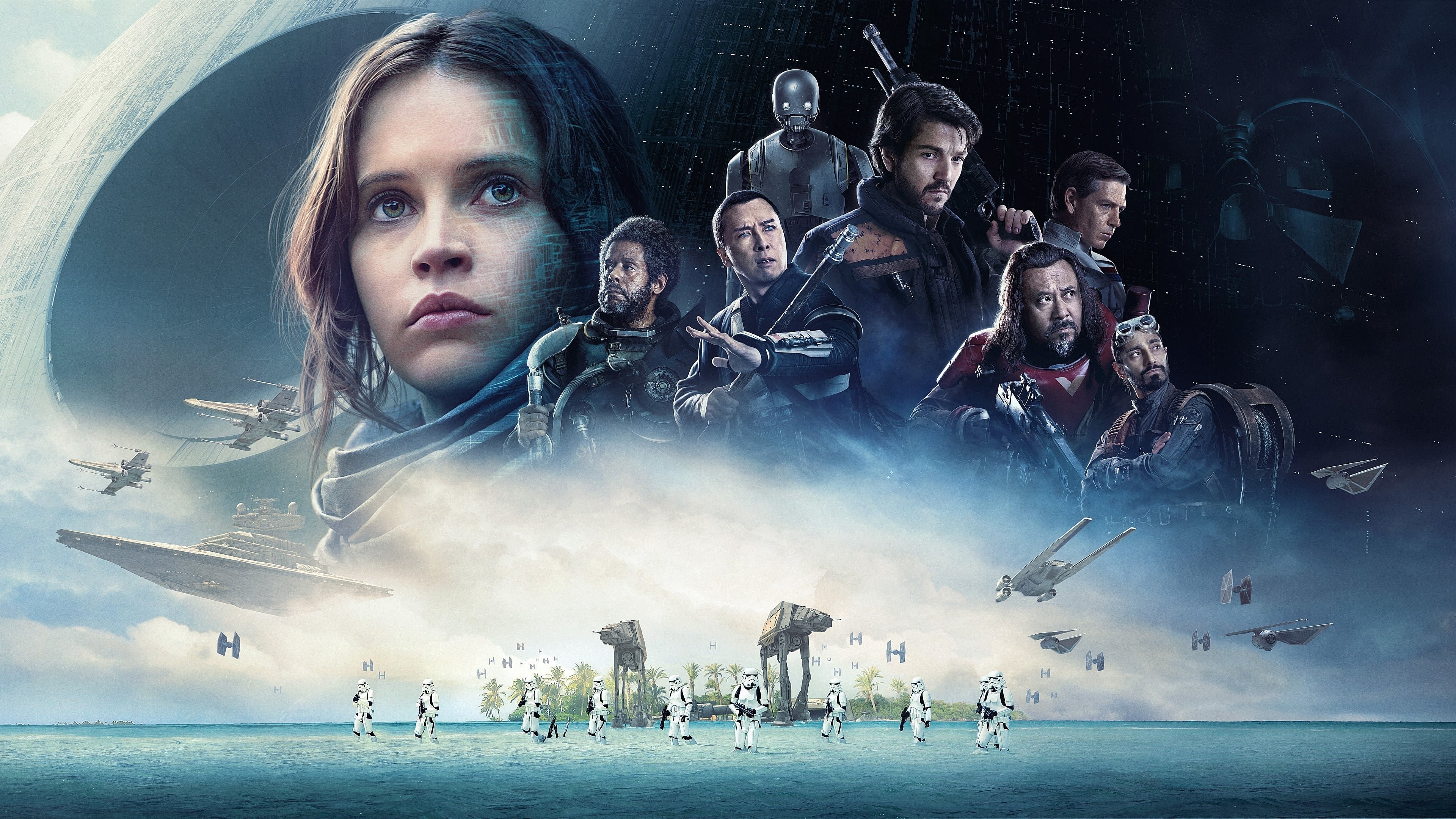
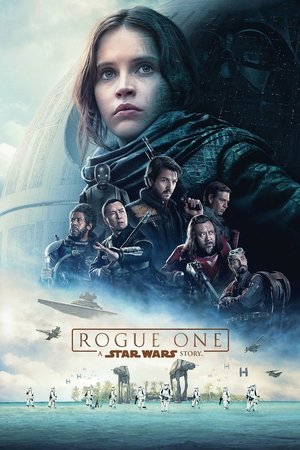
Rogue One: A Star Wars Story
A rebellion built on hope.
2016 • 2h 13min • ★ 7.494/10 • United States of America
Directed by: Gareth Edwards
Cast: Felicity Jones, Diego Luna, Alan Tudyk, Donnie Yen, Jiang Wen
A rogue band of resistance fighters unite for a mission to steal the Death Star plans and bring a new hope to the galaxy.
Entering the Star Wars universe, Greig Fraser took on the ambitious task of cinematography for Rogue One: A Star Wars Story.
With the challenge of blending a new narrative with the aesthetic of a well-established franchise, Fraser’s execution was nothing short of remarkable.
His work in Rogue One was pivotal in crafting a look that felt both fresh and familiar.
We’re drawn to his use of practical effects and real locations, which created authenticity and a gritty texture that the Star Wars saga’s fans appreciated.
One of Fraser’s standout achievements in the film was his approach to the epic space battle sequences.
The dynamic angles and innovative camera movements gave those scenes an intense, in-the-moment feel that immersed viewers right into the action.
Fraser’s collaboration with director Gareth Edwards was crucial for Rogue One.
They shared a vision that pushed the boundaries of the Star Wars visual palette, integrating darker tones and a more war-like atmosphere that fit the film’s plot perfectly.
Key elements of Fraser’s cinematography in Rogue One –
- Strategic use of shadows and contrast to intensify the mood,
- Expertise in blending CGI with live-action to maintain a seamless visual continuity.
Eventually, Greig Fraser’s cinematography honored the beloved Star Wars legacy while also carving out its unique spot in the cinematic universe.
He ensured that every frame of Rogue One served the story, bringing to life the heroic, yet tragic tale of a group of rebels with the skill of a true visual maestro.
4. Foxcatcher (2014)
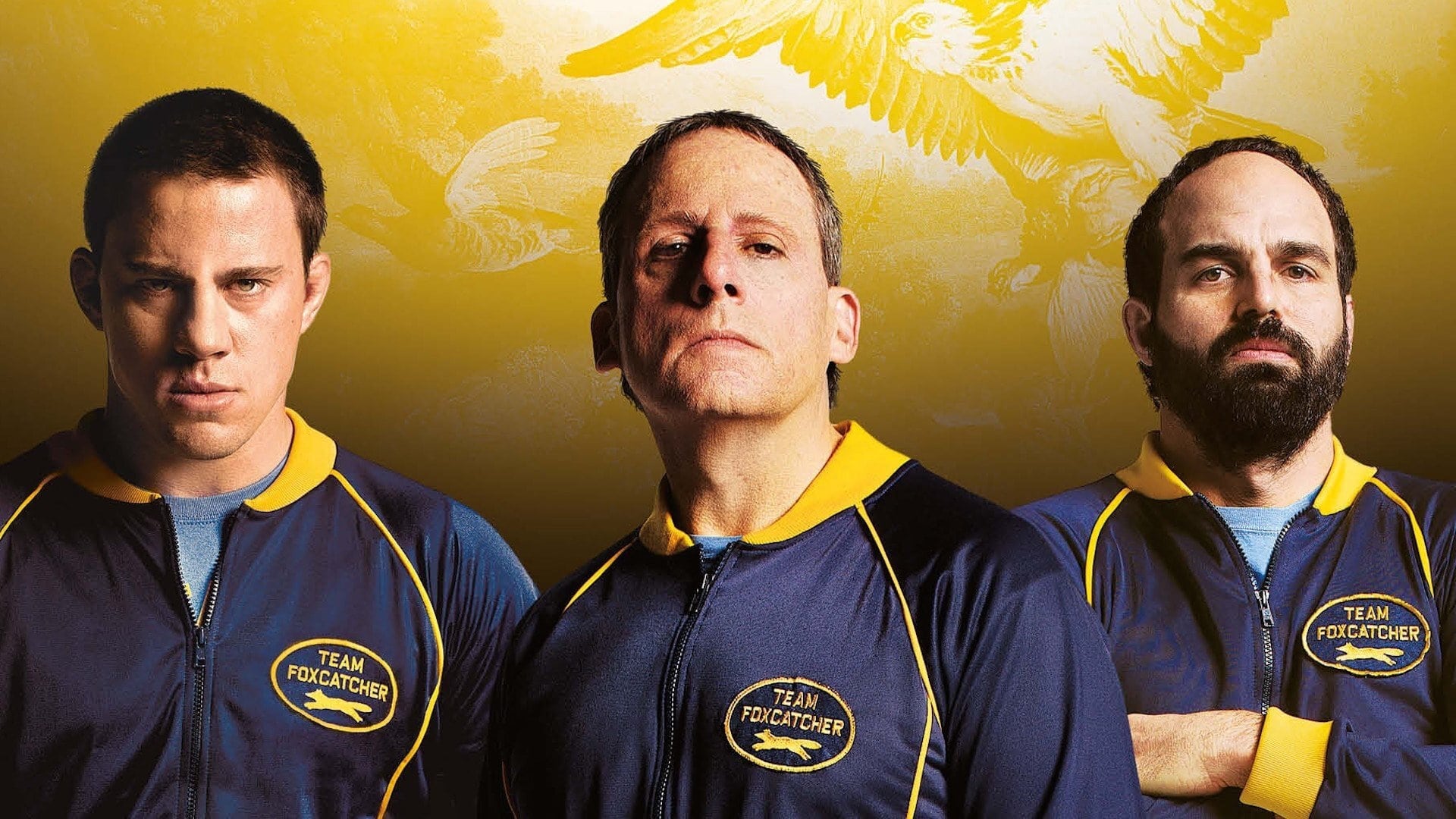
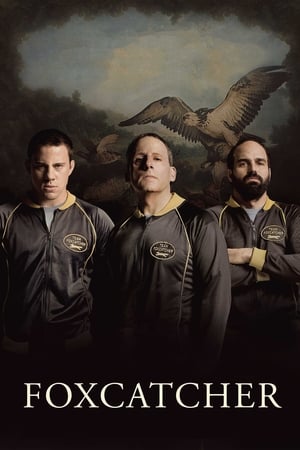
Foxcatcher
Ambition. Power. Control.
2014 • 2h 14min • ★ 6.654/10 • United States of America
Directed by: Bennett Miller
Cast: Steve Carell, Channing Tatum, Mark Ruffalo, Sienna Miller, Vanessa Redgrave
The greatest Olympic Wrestling Champion brother team joins Team Foxcatcher led by multimillionaire sponsor John E. du Pont as they train for the 1988 games in Seoul - a union that leads to unlikely circumstances.
Continuing our journey through the remarkable works of Greig Fraser, we jump into the psychological drama Foxcatcher.
It’s a film that stands apart for its hauntingly subdued cinematography, reflecting the tension and darkness of the true story it depicts.
Fraser’s visual choices are not only precise but serve to intensify the film’s harrowing narrative.
In Foxcatcher, Fraser strategically employs a muted color palette.
This choice amplifies the film’s stark themes and underlying sense of foreboding.
The cold tones and minimalist lighting create an atmosphere of isolation, mirroring the internal struggles of the characters.
Fraser’s collaboration with director Bennett Miller played a significant role in crafting the film’s visual identity.
Each frame is meticulously composed, contributing to the storytelling in a manner that is both artistic and emotionally charged.
Here’s what we can learn from Fraser’s work in Foxcatcher:
- The power of restraint in color grading to evoke specific emotions.
- Utilization of natural lighting that complements the film’s somber mood.
The story behind Foxcatcher required a cinematographic approach that was both subtle and impactful.
Fraser delivered just that, ensuring each shot was purposeful and resonant.
His expertise in creating a visually compelling narrative without overtly dominating the story is evident.
Fraser’s ability to transform a real-world event into a visually engaging film experience is a testament to his cinematographic talents.
In Foxcatcher, each scene serves as a building block, helping to construct an unforgettable filmic experience that resonates long after the final credits roll.
5. Bright Star (2009)
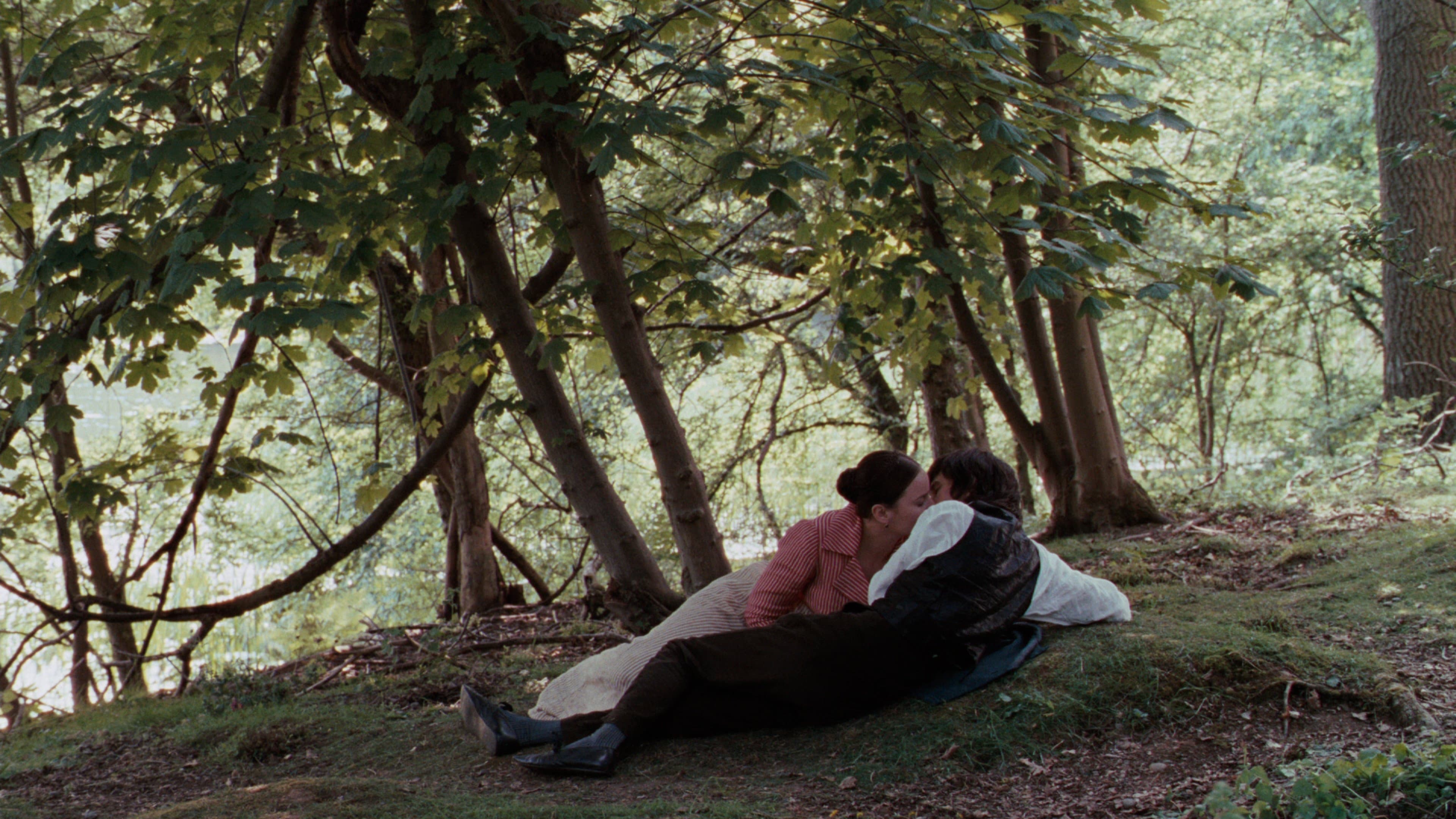
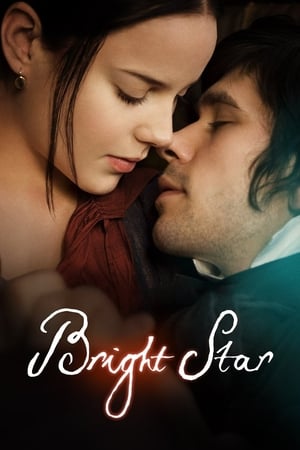
Bright Star
First love burns brightest.
2009 • 1h 59min • ★ 6.6/10 • Australia
Directed by: Jane Campion
Cast: Abbie Cornish, Ben Whishaw, Paul Schneider, Kerry Fox, Edie Martin
In 1818, high-spirited young Fanny Brawne finds herself increasingly intrigued by the handsome but aloof poet John Keats, who lives next door to her family friends the Dilkes. After reading a book of his poetry, she finds herself even more drawn to the taciturn Keats. Although he agrees to teach her about poetry, Keats cannot act on his reciprocated feelings for Fanny, since as a struggling poet he has no money to support a wife.
Greig Fraser’s cinematographic prowess takes a poetic turn in Bright Star.
His lens captures the tender relationship between the 19th-century poet John Keats and Fanny Brawne with a delicate touch that resonates with the era’s romantic sensibilities.
Our gaze is drawn into the textured fabric of the period through Fraser’s use of natural light and serene compositions.
Each frame of Bright Star is a testament to Fraser’s ability to tell a story through visuals that are as lyrical as Keats’s own poetry.
The vividness of the English countryside breathes life into Keats’ verse just as Fraser’s visuals bring life to the screenplay.
His choice of soft, natural lighting not only enhances the period setting but also mirrors the poignant intimacy of the film’s central love story.
In creating the visual narrative for Bright Star, Fraser employs:
- Subtle shifts in lighting to reflect emotional nuances,
- A painterly approach to composition that evokes the film’s poetic themes.
Fraser’s capability to adapt his style to the needs of the narrative is evident.
The visual storytelling in Bright Star plays a crucial role in drawing audiences into a bygone era of beauty and melancholy.
Elegance is often found in simplicity, and Fraser’s work in Bright Star showcases this beautifully.
Through his camera, we experience the lushness of rural England and the complex emotions of love and loss without ever feeling overwhelmed by visual artifice.
6. Dune (2021)
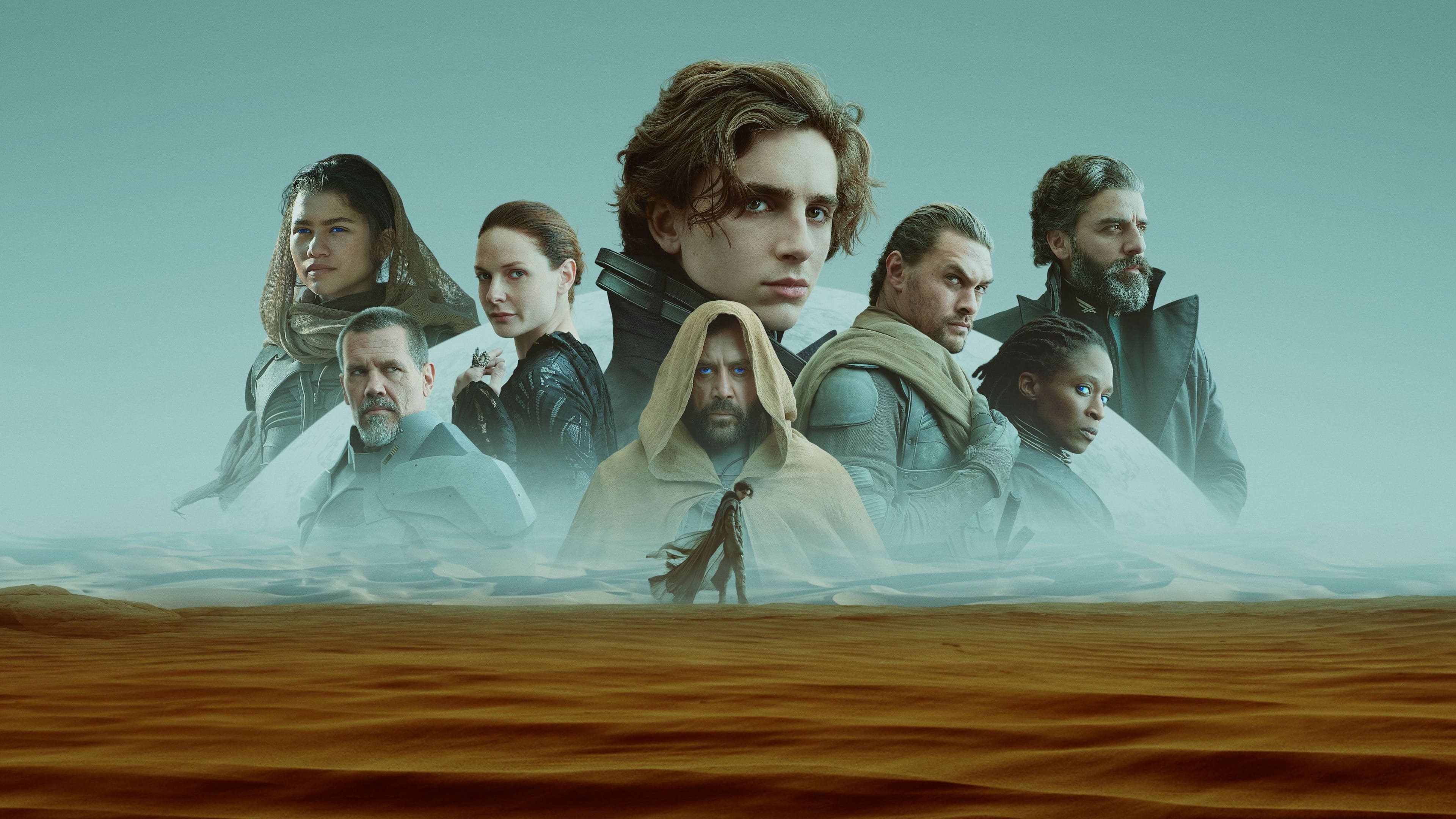

Dune
It begins.
2021 • 2h 35min • ★ 7.782/10 • United States of America
Directed by: Denis Villeneuve
Cast: Timothée Chalamet, Rebecca Ferguson, Oscar Isaac, Jason Momoa, Stellan Skarsgård
Paul Atreides, a brilliant and gifted young man born into a great destiny beyond his understanding, must travel to the most dangerous planet in the universe to ensure the future of his family and his people. As malevolent forces explode into conflict over the planet's exclusive supply of the most precious resource in existence-a commodity capable of unlocking humanity's greatest potential-only those who can conquer their fear will survive.
Dune, Greig Fraser’s magnum opus of 2021, stands as a testament to his unmatched skill in capturing otherworldly landscapes.
His collaboration with director Denis Villeneuve produced a visual masterpiece that is both epic in scale and intimate in detail.
The film’s expansive vistas and towering architecture were brought to life through Fraser’s expert use of lighting and composition.
We could see how his cinematography communicated the vastness and desolation of the planet Arrakis, creating an immersive experience for the audience.
In Dune, Fraser’s visual storytelling helped to weave complex themes of power, religion, and ecology into the fabric of the film.
His strategic use of natural light brought a stark realism to a sci-fi world, a Fraser signature that grounds fantasy elements in tactile credibility.
Among the key highlights of Fraser’s work in Dune were:
- His integration of expansive desert scenes with intimate character moments,
- The blending of practical and digital effects to enhance the alien atmosphere.
Greig Fraser’s cinematography in Dune reflects his ability to push cinematic boundaries while respecting the story’s roots.
Each frame is a carefully crafted painting, alive with color and movement, serving the narrative and its characters with a profound dedication to the craft.
7. Let Me In (2010)
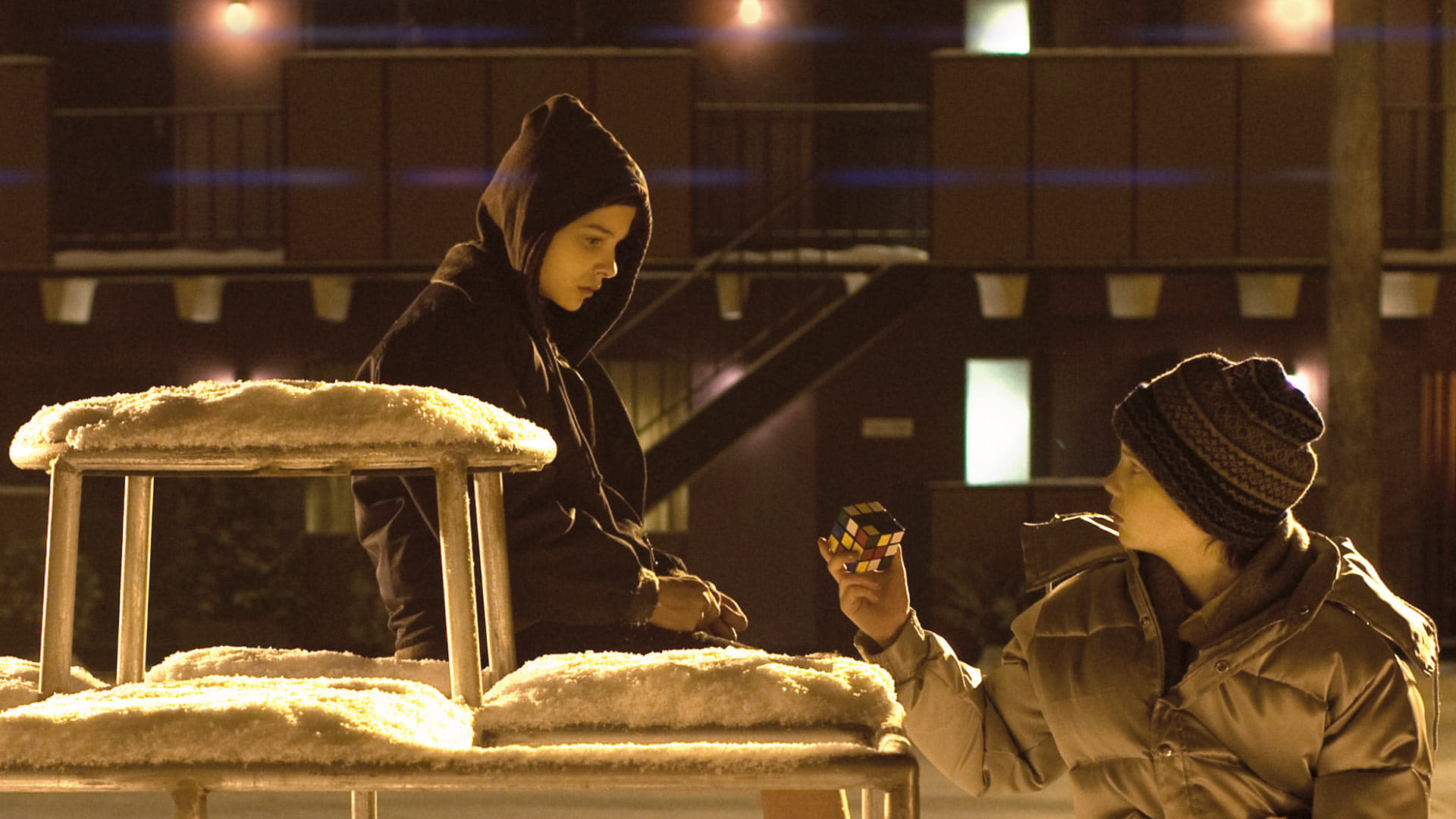
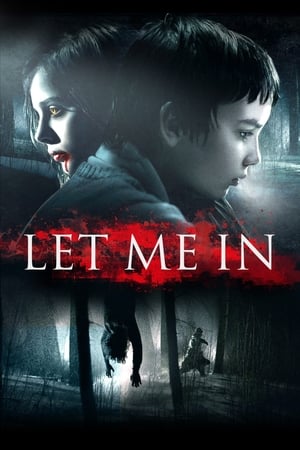
Let Me In
Innocence dies. Abby doesn't.
2010 • 1h 56min • ★ 6.789/10 • Sweden
Directed by: Matt Reeves
Cast: Kodi Smit-McPhee, Chloë Grace Moretz, Richard Jenkins, Elias Koteas, Sasha Barrese
A bullied young boy befriends a young female vampire who lives in secrecy with her guardian. A remake of the movie “Let The Right One In” which was an adaptation of a book.
Greig Fraser’s cinematography in Let Me In stands as a testament to his versatility and ability to create atmospheric tension through visual storytelling.
This remake of the Swedish film Let the Right One In is graced with his ability to convey the eerie and somber mood requisite for a chilling vampire narrative.
Fraser’s work in Let Me In utilizes dimly lit scenes to manifest an aura of mystery and foreboding that perfectly complements the film’s unsettling themes.
His deliberate framing draws audiences into the intimate world of the characters, heightening the emotional impact of each scene.
We see his prowess in handling contrasting scenes – from the stark, snowy landscapes of New Mexico to the shadowy interiors where much of the story unfolds.
Fraser’s subtle interplay of light and darkness echoes the complex relationship between the film’s young protagonists, adding depth to the chilling tale.
Some key points in Let Me In where Fraser’s cinematography elevates the film include:
- Snow-covered exteriors that serve as a bleak backdrop to the narrative,
- The creative use of lighting to underscore the characters’ isolation and vulnerability.
Our exploration of Fraser’s cinematography portfolio would not be complete without acknowledging how Let Me In aligns with his gift for fusing the aesthetic with the narrative.
This film is yet another example of his skill in enhancing the story’s emotive power through visual language.
8. Mary Magdalene (2018)
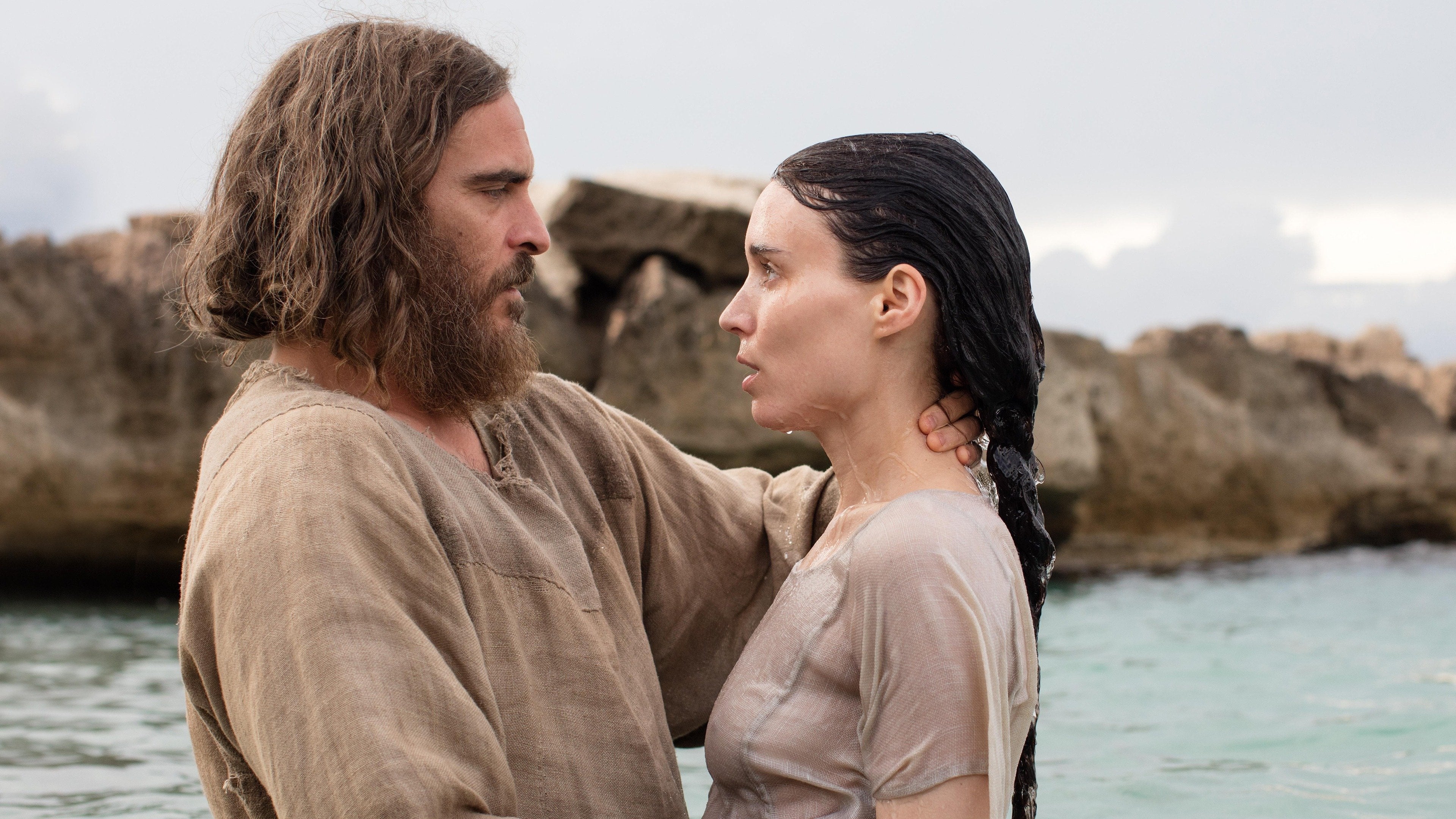
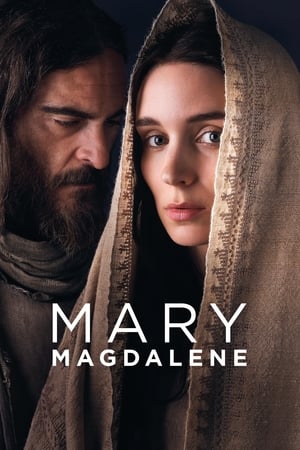
Mary Magdalene
Her story will be told
2018 • 2h 0min • ★ 6.3/10 • Australia
Directed by: Garth Davis
Cast: Rooney Mara, Joaquin Phoenix, Chiwetel Ejiofor, Ariane Labed, Ryan Corr
In the first century, free-spirited Mary Magdalene flees the marriage her family has arranged for her, finding refuge and a sense of purpose in a radical new movement led by the charismatic, rabble-rousing preacher named Jesus.
Greig Fraser’s vision as a cinematographer is evident in the Biblical drama Mary Magdalene.
His ability to capture the essence of the narrative is fully realized in the earthy tones and soft lighting that adorn the film.
In Mary Magdalene, Fraser’s expertise shines through his depictions of the sweeping landscapes that define the setting.
The authenticity and raw beauty he brings to the screen immerse us deeply into the ancient world.
Fraser’s use of natural light stands out – giving the film a divine atmosphere that’s both inspiring and poignant.
His discerning eye finds the perfect balance in illuminating the characters’ spiritual journeys, encapsulating their internal struggles and enlightenments.
Here are some defining features of Fraser’s cinematography in Mary Magdalene –
- Strategic use of light and shadow to accentuate the emotional gravitas of scenes,
- Captivating compositions that reinforce the film’s thematic undertones.
His collaboration with director Garth Davis after their successful pairing on Lion is noteworthy.
Together, they create a visually stunning narrative that not only tells a story but also touches the soul.
The way Fraser captures human expressions and the stark landscapes of the Middle East contributes to the film’s meditative quality.
He induces a sense of intimacy while portraying grand, sweeping Biblical events, further proving his versatility behind the lens.
Each scene in Mary Magdalene is a testament to Fraser’s meticulous attention to detail and his commitment to storytelling through visuals.
His ability to convey profound narratives through imagery is unmatched and serves as a cornerstone of his cinematic approach.
Top 8 Greig Fraser Films: A Cinematic Journey – Wrap Up
We’ve journeyed through the captivating visual stories told by Greig Fraser’s masterful cinematography.
His work in “Mary Magdalene” is just one example of his profound ability to bring narratives to life through his lens.
Fraser’s dedication to his craft ensures that each film he touches resonates with audiences on a deeply emotional level.
It’s clear that his cinematic contributions will continue to shape the way we experience film for years to come.
Trust us when we say that each movie on our list is a piece of art worth your time.
So grab some popcorn, dim the lights, and prepare to be transported by the stunning visuals of Greig Fraser’s best movies.
Frequently Asked Questions
Who is Greig Fraser?
Greig Fraser is an acclaimed cinematographer, renowned for his work in capturing powerful narratives through visual imagery, including his impactful cinematography in the film “Mary Magdalene.
“
What film’s cinematography by Greig Fraser does the article focus on?
The article focuses on Greig Fraser’s work in the film “Mary Magdalene,” emphasizing his use of earthy tones, soft lighting, and the visual portrayal of sweeping landscapes.
How does Greig Fraser’s work contribute to “Mary Magdalene”?
Greig Fraser’s cinematography enhances “Mary Magdalene” by immersing the audience in the ancient world with his strategic use of light and shadow to underscore the emotional depth of the scenes.
What is the significance of Fraser’s collaboration with Garth Davis?
The collaboration between Fraser and Garth Davis is significant as it showcases their combined ability to create a visually stunning and soul-touching narrative in “Mary Magdalene.
“
How does Greig Fraser’s approach to cinematography stand out?
Fraser’s approach to cinematography stands out through his meticulous attention to detail and his commitment to storytelling through compelling and profound visual imagery.






